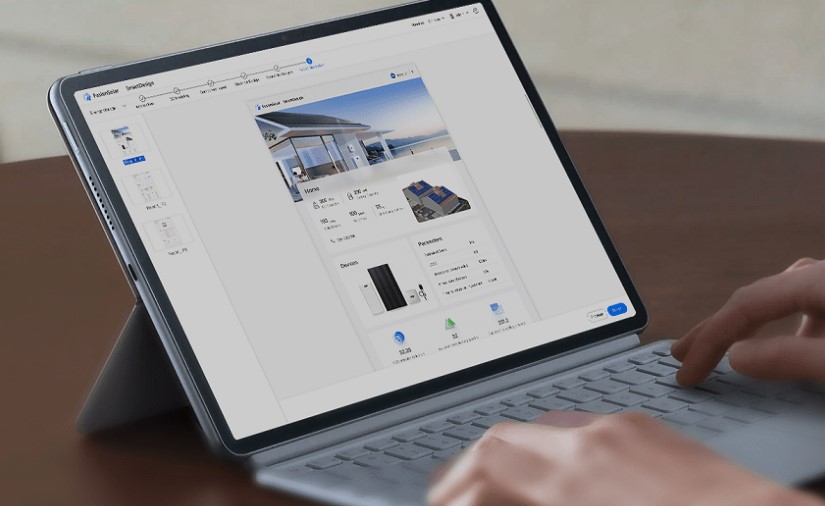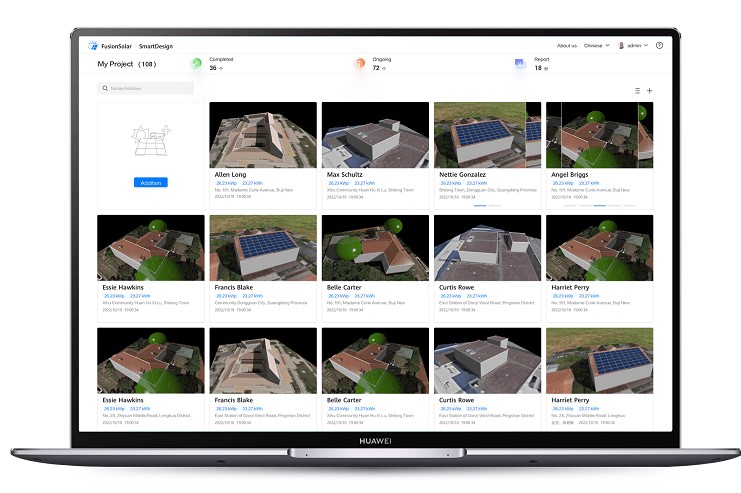The rapid evolution of solar energy technology has ushered in a new era of sustainability, making photovoltaic (PV) systems increasingly popular for harnessing renewable energy. The intricate process of designing a PV system involves numerous factors, including site conditions, panel placement, and energy output optimization. In this complex landscape, the integration of intelligent design tools emerges as a key facilitator, offering a multitude of advantages in streamlining the design process and enhancing overall system efficiency.
Unveiling the Benefits of Intelligent Design Tools for Photovoltaic Systems
Precision in System Sizing
Intelligent design tools bring a level of precision to the sizing of a PV system that manual calculations often struggle to achieve. These tools can analyze an array of variables such as local climate, shading, and energy consumption patterns to accurately determine the optimal size of the system. This ensures that the PV system is neither underpowered, leading to energy shortages, nor overpowered, resulting in unnecessary costs. By harnessing the power of data-driven insights, designers can strike the perfect balance, maximizing energy production and minimizing waste.

Site-Specific Optimization
One of the key advantages of intelligent design tools lies in their ability to tailor PV system designs to site-specific conditions. These tools take into account local weather patterns, topography, and shading analysis, allowing for a meticulous customization of the system layout. This site-specific optimization not only maximizes energy production but also minimizes the impact of external factors, ensuring long-term efficiency. By adapting the system to the unique characteristics of its location, intelligent design tools elevate the performance and reliability of PV systems.
Performance Prediction and Monitoring
The integration of intelligent design tools allows for accurate performance prediction and ongoing monitoring of PV systems. These tools simulate various scenarios to anticipate energy production under different conditions, providing valuable insights into the system's expected output. Furthermore, they facilitate real-time monitoring, enabling designers to identify and address issues promptly. This predictive and monitoring capability enhances the overall reliability of the PV system, ensuring optimal performance throughout its lifecycle.
Adaptability to Changing Conditions
The renewable energy landscape is dynamic, with external factors such as weather patterns and energy consumption evolving over time. Intelligent design tools possess the capability to adapt to these changing conditions. Through continuous monitoring and data analysis, these tools can suggest adjustments to the PV system, optimizing its performance in response to shifts in the environment. This adaptability is crucial for ensuring the long-term viability and efficiency of the PV system in the face of evolving external factors.
Enhanced Collaboration and Documentation
Intelligent design tools promote collaboration among stakeholders involved in the PV system design process. These tools often offer cloud-based platforms where multiple team members can contribute to the design in real-time. This collaborative environment fosters efficient communication and the sharing of ideas, ultimately leading to a more refined and optimized design. Additionally, intelligent design tools typically generate comprehensive documentation, providing a clear and detailed overview of the design parameters. This documentation is valuable for project management, compliance, and future maintenance.
Time and Cost Efficiency
Manual design processes can be time-consuming and labor-intensive, often requiring numerous iterations to achieve an optimal outcome. Intelligent design tools, on the other hand, significantly reduce the time and effort involved in the design phase. Automation and advanced algorithms streamline the process, enabling designers to explore multiple scenarios rapidly. HUAWEI offers an advanced solar energy solution called PV solution Smart Design 2.0, which allows for site assessment without any cost using satellite views. This efficiency not only saves time but also contributes to cost-effectiveness, as quicker design cycles translate into reduced labor costs and faster project turnaround times.

Conclusion
As the world increasingly turns towards sustainable energy solutions, the role of intelligent design tools in optimizing photovoltaic systems cannot be overstated. From precision in system sizing to site-specific optimization, time and cost efficiency, performance prediction, adaptability to changing conditions, and enhanced collaboration, these tools offer a multifaceted approach to achieving optimal PV system designs. Embracing the power of intelligent design tools is not just a technological leap; it is a strategic investment in the future of clean and efficient energy generation.
